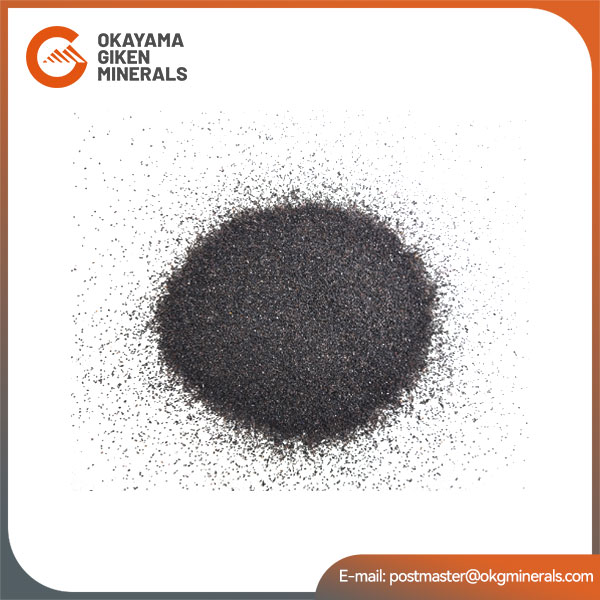
Brown corundum is a gem formed by the crystallization of aluminum oxide (A1203). Because corundum has excellent high-temperature properties and mechanical strength, it is widely used in many industrial fields such as metallurgy, machinery, chemical industry, electronics, aviation and national defense.
1. The recycling method of waste corundum includes crushing, drying and screening and grading.
It is characterized in that the crushed waste corundum refractory material is placed in a mixer or a drum for tumbling and stirring. During the friction and collision between the materials, different components are separated from each other; the stirred material is then washed with water to remove impurities; then dried, screened and graded, and then the iron is removed by magnet attraction.
It is characterized in that water can be added during the stirring process to make the crushed material in an infiltrated state.
It is characterized in that the speed of the mixer or drum is about 20~100 rpm.

Advantages of recycling:
1. Pure physical friction and collision separation is used instead of chemical separation of pickling, so there is no waste acid and wastewater discharge treatment to avoid secondary pollution.
2. The surface of the recycled corundum does not contain chloride ions or sulfate ions, and its quality is better than that of the corundum recycled by pickling!
3. The cleaning water can be recycled after simple precipitation, which is pollution-free and saves precious water resources.
Specific implementation method
The corundum refractory materials of abandoned blast furnaces, steelmaking furnaces, iron ladles or steel ladles are crushed to appropriate particle sizes using a crusher. Then the crushed materials are placed in a drum or a mixer for tumbling and stirring. Usually, the speed of the drum or mixer is about 20 to 100 rpm. During the rotation and rolling process, the crushed materials rub and collide with each other, thereby separating the various components that are bonded to each other in the materials. Generally, after 3 to 5 hours of tumbling and stirring, the bonded components in the materials are basically completely separated from each other. During this tumbling and stirring process, an appropriate amount of water can be added to soak the materials, which can accelerate the separation of impurities in the cement component of the materials. After tumbling and stirring, the material is washed with water to remove impurities such as cement. The corundum of different sizes mixed with iron is dried and screened and graded according to particle size. Then, the iron is removed by magnet attraction, and the remaining is the recycled pure corundum